I had to pull teeth to get my GC to install direct-vent units in my home.
After researching the topic of fireplace inserts for months I came reached the conclusion that vent-free gas fireplace inserts are NOT GOOD for my familys health. Not only are vent-free units banned in many countries around the globe, they are also banned in many states/counties in the US of A.
There is a lot of evidence that, even with a 99.9% efficiency, the byproducts of combustion entering the home from vent-free units can be harmful. Being efficient doesnÂt mean vent-free inserts defy the basic laws of chemistry. When they are working as designed they still emit harmful byproducts, however slight (Carbon monoxide, carbon dioxide, sulphur dioxide, and a few others), and after a few years of use they produce even more of these byproducts due to wear. How many owners really clean the units per the manufacturers instructions on a regular basis? Mechanical components will eventually fail. Is that oxygen-depletion sensor really still working in tolerance?
Despite the mounting evidence that vent-free units can be a health issue, GC's and fireplace dealers love them. Why? $$$$$$$$$! They are cheap to make, have great markups, and they are simple to install. Nothing in life is free, and who is paying for the popularity of vent-free units? The unsuspecting public.
Besides being a health concern for humans, vent-free units are also a concern for the health of you own home. Mold has become a huge problem in this country, and I can't help but think that vent-free gas units could be part of that problem. Homes are now sealed tighter than ever, so where does all the moisture produced by vent-free gas fireplaces go when it is spewed into your home? YOUR HOME. Running a vent-free gas fireplace for a day can produce up to 6 gallons of EXTRA moisture in your home's interior.
According to dealers the extra moisture is great in those dry winter months. Not only is your vent-free fireplace giving you heat, it has become a humidifier for your home at no extra charge. No more shocks from that new oil-rubbed, bronze door handle! However, is all this extra moisture really beneficial every time you operate your unit? I won't debate that here.
The problem is that vent-free units generate A LOT of money for the manufacturers, which is why a coalition of manufacturers has created the Vent-Free Gas Products Alliance. ( http://www.ventfree.org/ ) Do you think this alliance was formed for the consumers benefit? Does ventfree.org exist to make your life better or to ensure these companies continue making record profits by selling these products? Take a guess. It was formed because there are growing concerns that vent-free units might not be as safe as once believed. If the public became too informed, sales would be impacted. We can't have that now, can we?
I read a great sentence on one of the websites I came across while researching these units. I'll paraphrase: A vent-free fireplace is 'vent-free' because there is no chimney. What does that mean to you? Your house becomes the chimney. You, in fact, are living in a chimney while you are using your vent-free fireplace. That was the most compelling statement I read, and it rings with truth.
The sad truth is that when you go out to look at inserts, vent-free units will be recommended by many uninformed and/or uneducated dealers. They'll gladly sell you a vented or direct-vent unit too because labor to install those units is more expensive, but every salesperson I spoke with either downplayed the dangers of vent-free units, or really believed there were no dangers at all. Are they correct?
In order to make a sound decision, individuals need to be informed. There is a lot of information on the web concerning the dangers of vent-free fireplaces. Are the warnings simply paranoia? Is there really a concern with these units? That's up to you to decide. Based on my months of research I decided it was best for my family to avoid vent-free inserts altogether, and, along with my wife, I'm happy with my decision. I just donÂt have to wonder, and my direct-vent is still pretty efficient (Around 75%), and coupled with a blower they put out more than enough heat for their respective rooms.
Do some research for yourself before you make a choice. I spent about an extra $700 going direct-vent instead of vent free. I simply couldn't set the price of my family's health that low!
Email me if you have any questions or if you want a list of websites to visit. James_Geib@yahoo.com

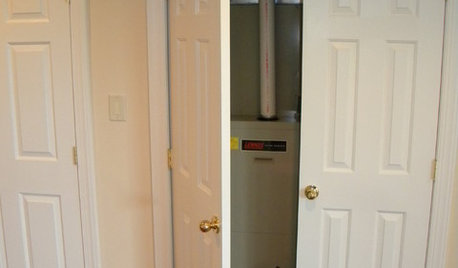
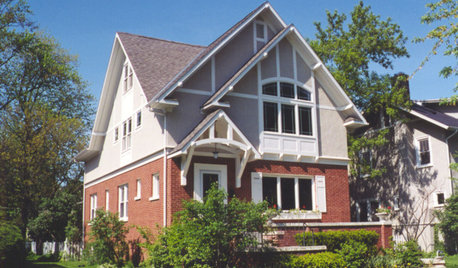


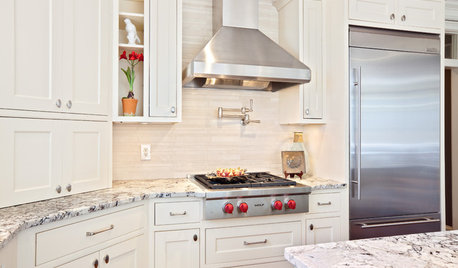
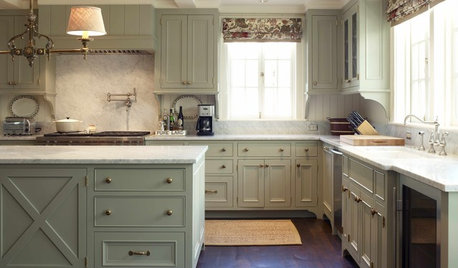

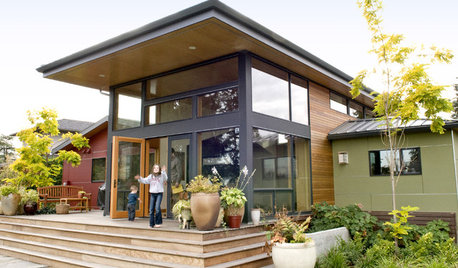




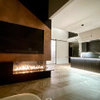

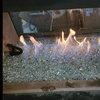
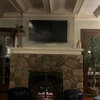
beaglebuddy
jamesrgeibOriginal Author
Related Discussions
First time fireplace user has question!
Q
venting a harmon p38 pellet stove
Q
Fireplace..eyesore or asset? counter/color scheme/ design help pl
Q
New build fireplace question
Q